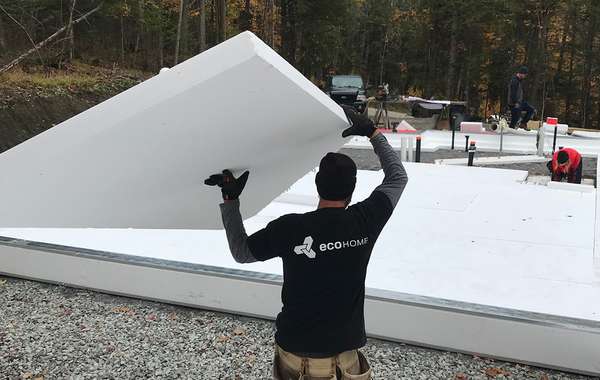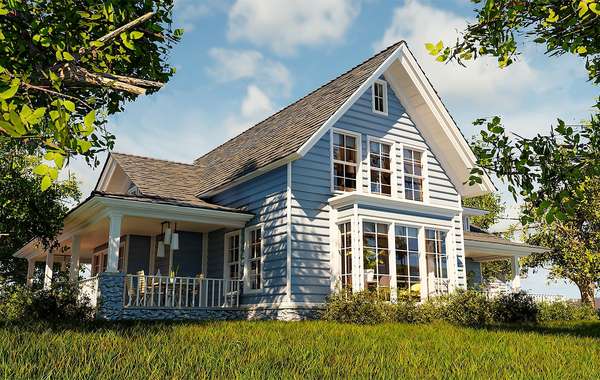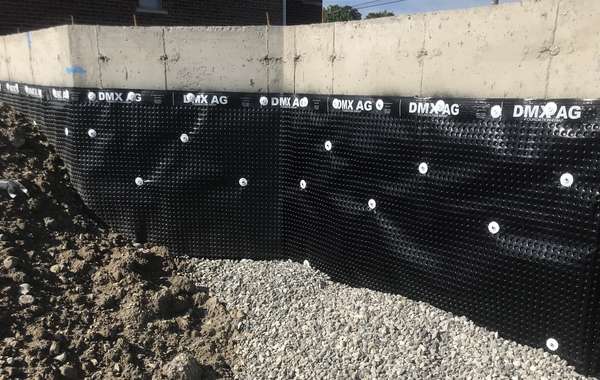The following are some things to think about while evaluating a home before making an offer.
If you're a driver: Check the route from the house to your place of work on Google traffic maps to estimate how much time you will spend in a car every day.
If you're a cyclist: Check maps for bike lanes, bike paths and general safety of your route.
If you're a bus commuter: If you're a regular bus commuter you're probably pretty well-versed at checking routes and times already, so see what the future holds for you in a particular location.
The time spent commuting to work can amount to hours in a day and weeks in a year. If you make travel time a priority in a house hunt, with luck you may find a location that will add free time to your day or possibly facilitate a switch from being a driver to being a bus rider or cyclist. The cost savings that may come from eliminating a daily drive might make affording a better house possible if you consider gas, parking, vehicle depreciation and maintenance.
A great website for evaluating how well a neighbourhood will meet your needs is Walk Score; it will help with some of the above, but it will also let you know how long you will spend on the Heel-Toe Express with a bag of groceries in each arm. Identify your most frequented types of service to make sure they are within a suitable range.
Evaluating a home before purchase :
Unless you are experienced in construction (and even if you are), it is a wise idea to invest in a home inspector before making an offer. Here are a few things that may or may not be on an inspector's check list, but should at least be on yours.
What to look for on the outside:
Does it have good overhangs? There was an unfortunate style trend for a while of building virtually non-existent overhangs. The bigger the overhang the less rain will hit your house. This can extend the life of siding and help walls dry out quicker.
Are there roof valleys? These can be problem areas, and if so, metal valleys are much preferred. Check the existing condition and figure how far it may be from needed replacement.
Icicles are a sign of heat loss: Icicles sure are pretty, but they are a clear sign of problems somewhere within the roof assembly. Icicles can be caused by either air leakage from the interior or insufficient or poorly installed insulation. Buying a house in summer won't tell you much on this front, but ask the owners.
Does the ground slope away from the house or towards it? There should be at least a 5% grade away from the foundation so surface water will drain away and not towards your foundation.
Does it have eavestroughs? They prevent splash back towards the house (this is a good thing), and the downspout water should be diverted safely away from the foundation to reduce the chance of flooding.
What type of siding does it have and does it look like it's in good shape? Bricks won't change much over time but can be refinished if needed, but wood siding will need repainting every 15 years or so; figure out how far away you are from future maintenance costs. Look around the base of siding and at the corners for signs of rot and water damage. Read more about choosing exterior siding.
Type and condition of roof: Shingles don't have a very long life span, so see how close they are to needing replacement. Metal roofs are far more durable and have a much longer lifespan. More here on choosing durable roof coverings.
Windows: Quality is hard to judge by sight, but look to see if they are installed in a way that they will shed water. Sloped sills on the outside are good, and metal flashings on top of windows are a sign that it was done by a conscientious builder. Read all about buying and repairing windows here.
What to look for on the inside:
Note the brand and age of furnaces, hot water heaters, boilers, ventilation equipment etc. If you take photos of the model numbers with your phone you can check online to see what sort of performance rating they have.
Windows: Look for any signs of mould around the bottom since this can indicate how well they were installed, even the quality. Poor-quality windows will generate a lot more condensation and this can leave stains on the frame. (Significant condensation on windows can also be caused by high indoor relative humidity, the cause of this is also worth investigating).
Lift the duct covers to see how clean they are underneath; they can be cleaned but that's a cost you should factor into an offer price.
Bathroom water damage: Does it have wood around wet areas? Are there signs of water damage anywhere? Are the faucets leaking (and how easy are they to fix?) Are toilets and faucets modern low-flow models?
If appliances come with it, take out your phone again and take a picture of the model number stickers on appliances to check online what sort of quality you are buying.
Basements: Trust your nose - does it seem dank and mouldy? Is there any sign of previous flooding? Is it insulated, and how well? A good thing to know is when any upgrades were done; basements are almost always built poorly and will likely have a much shorter lifespan than above-grade walls. Sometimes walls in mechanical areas aren't finished so see if there is any place you can get a look at what might be going on behind the drywall. Learn about durable basement construction here.
Potential for flooding: There are a few factors that will affect risk here - soil type, topography, landscape design, overhangs, and eavestroughs to name a few. Look for any stains on basement flooring and the base of the walls that could indicate previous flooding, and ask owners about it. By law they cannot lie to you if it has happened.
In higher risk areas, a sump pump is a good thing to find in the basement, one that includes a battery backup for power outages is a real bonus, and another indication of a conscientious builder.
Insulation: It's hard to tell how well insulated a house is without ripping open a wall, but it's not a bad idea to ask the agent for details about the construction; with luck there may be some info at your disposal. Attics are easier to check; look for proper venting on the edges, and vents at the roof peak as well. Note the type and depth of insulation. More on roof insulation here.
Does it pass the smell test?
No, really, does it? All homes will have a certain scent that is due partly to the habits of previous owners, but also the mechanical systems, building materials, and how it was built in the first place. Were the previous occupants smokers? Do you think you can handle the smell or do you think you can get rid of it? This is a health, durability and quality of life issue.
And when you think you've found what you're looking for, don't forget to make offers conditional on the house passing an inspection by a hired professional.
Now you know about Canada's home building targets by the year 2031. Keep up with the latest news in green home construction, and learn all you need to know about sustainable home building in the pages below and the Ecohome Green Building Guide.
Find more about green home construction and reap the benefits of a free Ecohome Network Membership here! |










































Comments (0)
Sign Up to Comment